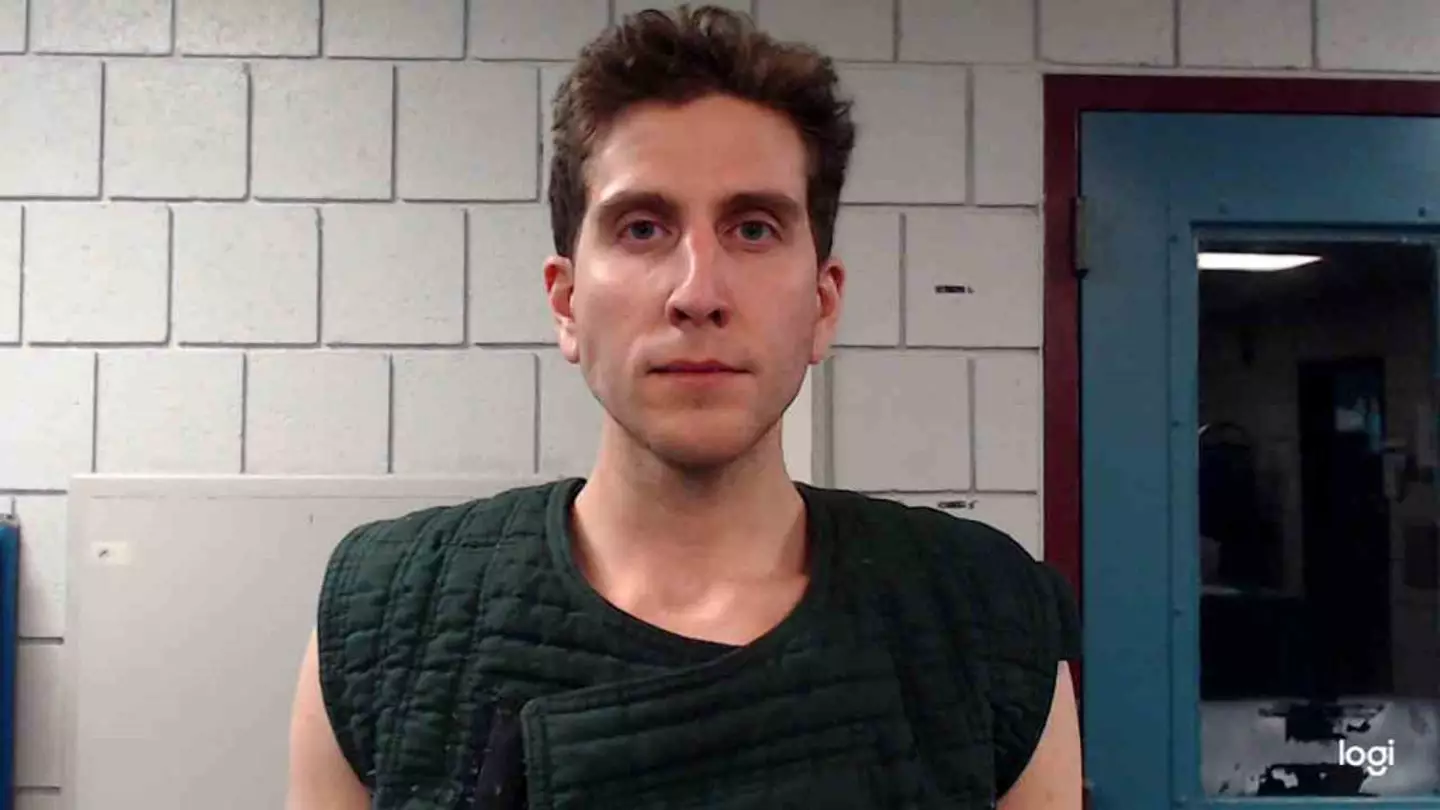New documents have been released by police regarding their investigation into Bryan Kohberger.
On July 23rd, Kohberger was handed a life sentence for the 2022 murders of Kaylee Goncalves, Madison Mogen, Xana Kernodle, and Ethan Chapin.
The 30-year-old avoided the death penalty for the brutal murders of the University of Idaho students by reaching a plea agreement.
While he initially denied the charges, Kohberger eventually altered his plea to guilty as part of the deal.
The plea agreement did not require Kohberger to disclose his motivation for killing Goncalves, Mogen, Kernodle, and Chapin, leaving the reason for his actions potentially unknown forever.
Judge Steven Hippler, during Kohberger’s sentencing, remarked, as reported by Today: “As we sit here today, this case is ending, and we are now certain who committed these unspeakable acts of evil. But we don’t know, and what we may never know, is why.”

He commented further: “I share the desire expressed by others to understand the ‘why’ but upon reflection, it seems to me, and this is just my own opinion, that by continuing to focus on why, we continue to give Mr. Kohberger relevance. We give him agency and we give him power.”
Just hours following Kohberger’s sentencing, Moscow Police released hundreds of pages from their investigation.
The documents included interviews conducted by law enforcement with Bethany Funke, one of the two surviving roommates.
Funke recounted that about a month before her friends’ deaths, Gonclaves had noticed an unknown man watching her as she walked her dog, Murphy.
Gonclaves was alarmed by this and ‘told everyone’ about it, even contacting her roommates to ask if they would be home soon, according to The Independent.

The documents also reveal that on November 4, just days before the November 13 murders, the students returned home to find their door open and still on its hinges.
Kernodle’s father later repaired the damaged door for them.
Details of the investigation steps taken by police are outlined in the documents. One tip involved a white male seen in Walmart asking for a black ski mask that would cover his face.
Another tip was from a woman living near the student’s rental, who reported seeing a man appearing ‘nervous’ in their yard in the months leading up to the murders.
She was almost certain that the man she saw was Kohberger.
Police were able to identify Kohberger, a Washington State University student, using DNA from a knife sheath left at the crime scene.
They further linked him to the crime by tracing his movements on the night of the murders through his cellphone data, which placed him near the students’ residence.

